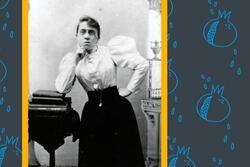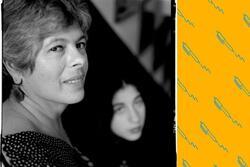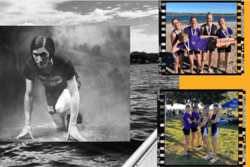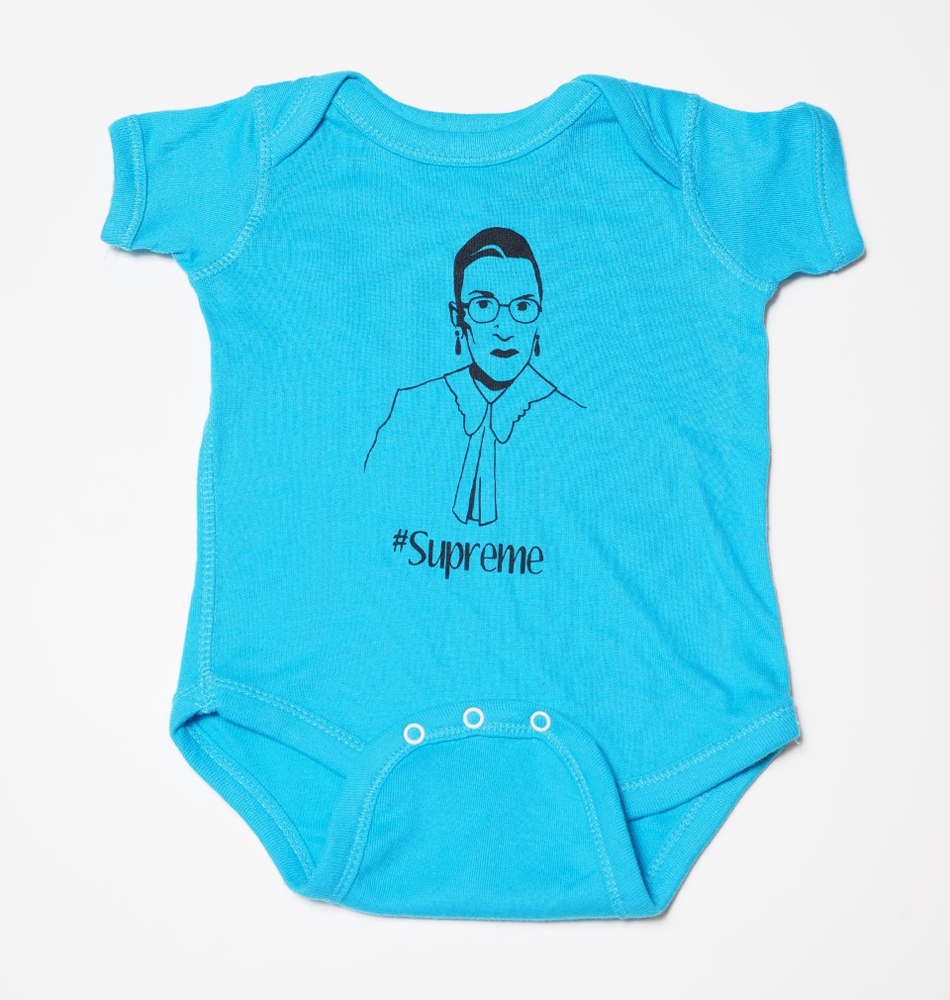Activism Through Art: Molly Picon's Legacy
When I think about activist artists (aka “artivists”), I often wonder how I can best utilize my own art, particularly music and theater. Whose story can I tell? How can I most authentically tell that story? What does activism through art really look like? I don’t have the answers to these questions, but they motivate me to dig deeper in my creative process and to really think about why I do what I do. If I’m writing about myself, I try to make sure the lyrics are true to how I feel. When I write songs from characters’ perspectives, I try to make sure I’m telling their stories to the best of my abilities. I also wonder what my responsibility is to my identity. Should I focus on telling Jewish or LGBTQ+ stories more than the stories of others? Is it up to me to create new roles or concepts for the portrayals of Jews or LGBTQ+ people on screen or stage? Again, I don’t have the answers. But when I think about Molly Picon’s work, and how she utilized her love of storytelling to bring laughter to those who needed it, to foster pride and compassion in the Jewish community, and to fight to keep Yiddish theater alive, I see a possible path.
Molly Picon was an actress in the Yiddish theater scene. She was born in Manhattan, but grew up in Philadelphia. Her mother worked as a seamstress in the Yiddish Theatre District, and this first introduced Molly to theater. She performed throughout her childhood at Philadelphia’s St. Arch Theater with a Yiddish theater troupe. After high school, she was soon cast in an English-language traveling cabaret. While performing in this production, she met Jacob Kalich, and they married in 1919. She and Kalich then went to Europe, where they collaborated on numerous productions. She returned to the United States and continued to work on theatrical projects with her husband. She then moved on to films, and went on to make and perform in numerous movies spanning genre and subject matter. Throughout her career, she fought to keep Yiddish theater relevant despite its decline. She continued to perform in Yiddish works into the 1940s and 1950s and offered younger Jewish audiences a way to connect with their heritage. After a brief Broadway run, Picon performed for USO troops during World War II across the United States and Canada.
Most of the characters and shows created by Picon conveyed stories that were important to her. In fact, many of Picon’s roles featured personalities that were very similar to her own. That doesn’t mean she didn’t branch out, but she mainly focused on telling stories that she believed needed to be told. Most of Picon’s shows were also comedies. Her storytelling typically wasn’t melancholy or reflective. Instead, it was fun and joyous, and a way to express what she valued in a humorous way. Picon even frequently played kids or young adults such as Yankele as she grew older—and these younger roles gave her stories an even more lighthearted touch. Viewing the world from a child’s perspective invites a sense of wonder and amazement instead of cynicism; her stories were fun often because of the childlike aspect of her writing and acting. I like to think that one of the reasons Molly Picon focused so much on humor is because of the uniting power of comedy: her roles and stories had deeper meanings, but they were also just entertaining, and brought audiences together in shared laughter.
Picon’s work during and after the war is also notable. Immediately after the war, she and Kalich went to Europe to perform for people in the displaced persons camps. The couple’s strong connection to pre-war Europe compelled them to take action, and they did so through entertainment. Outside the realm of theater, Picon also worked with Jewish refugees through the United Nations Relief and Rehabilitation Administration. Molly Picon brought happiness to survivors by recognizing that they needed access to something beyond food, clothing, and shelter: art. Although others underestimated the need for entertainment at the time, Picon understood that this was a way to connect people to their Jewish heritage after all they had endured. As she continued to perform Yiddish theater (even as its popularity declined), she maintained her lifelong work to promote Jewish representation in an entertaining way. Picon and Kalich’s film Yidl Mitn Fidl is about a young girl who pretends to be a boy so she and her father can earn money as traveling musicians. Yidl Mitn Fidl is a comedy, but it’s also a portrayal of the Eastern European Jewish experience. In Mamele, a musical comedy film based on a role she had originated on stage, Picon plays a young girl who must take care of her family; this was the last film she made before the Nazis invaded Poland, bestowing it with a unique poignancy in its portrayal of Jewish family and culture. Picon told Jewish stories and promoted Jewish joy and pride in her film and theatrical work.
When I reflect on Molly Picon’s work, I realize that many artists are following in her footsteps. Her passion for storytelling was undying. Their mediums vary, but they tell the stories that are important to them. They give audiences something to think about. One contemporary work that’s especially meaningful to me is What the Constitution Means to Me by Heidi Schreck, which explores themes of identity and patriotism. This play consists mainly of one woman asking questions about what it means to be an American and how that shapes our perspectives on other global issues. This work is so powerful because it’s authentic. The writing and acting come from a place of vulnerability, and the show encourages others to reflect on their lives and beliefs too. This is the best kind of art; art should make you cry, laugh, and most importantly, think. In theater, I've learned to prioritize authenticity, and I do the same when writing music, another passion of mine. This is the legacy of Molly Picon.
Art is one of the most powerful activist tools, and it comes in many forms: overtly political works of art, subtle pieces about identity, and more. The common theme throughout this activism is storytelling. By telling our own stories and listening to others, we have the opportunity to learn important lessons and reflect on our place in this world. As I continue to create my own theater and music, I want to always know why I’m telling a particular story and how I can best tell that story. Molly Picon has influenced countless artists both inside and outside the realm of Yiddish theater, and she’s certainly influenced me.
This piece was written as part of JWA’s Rising Voices Fellowship.







